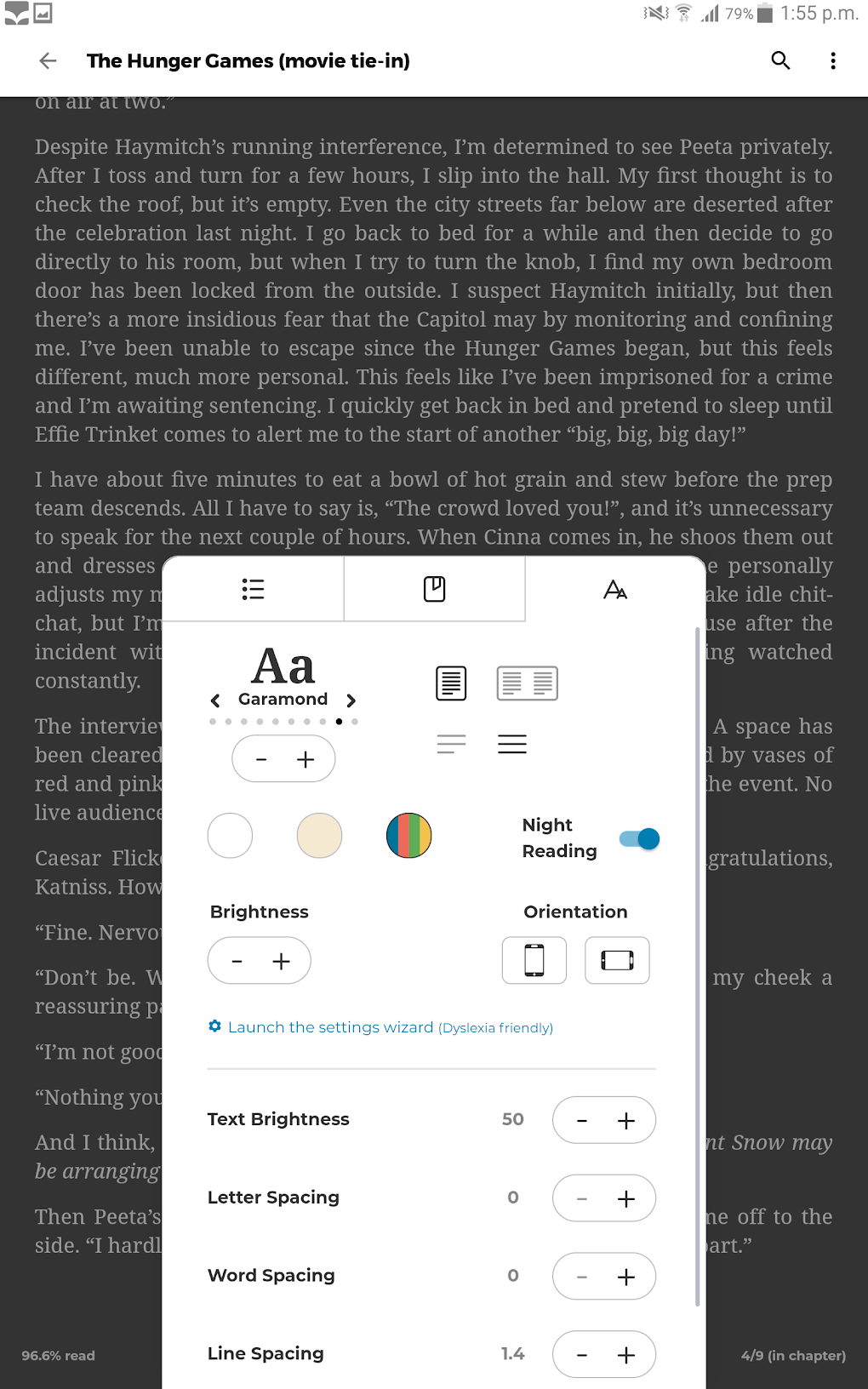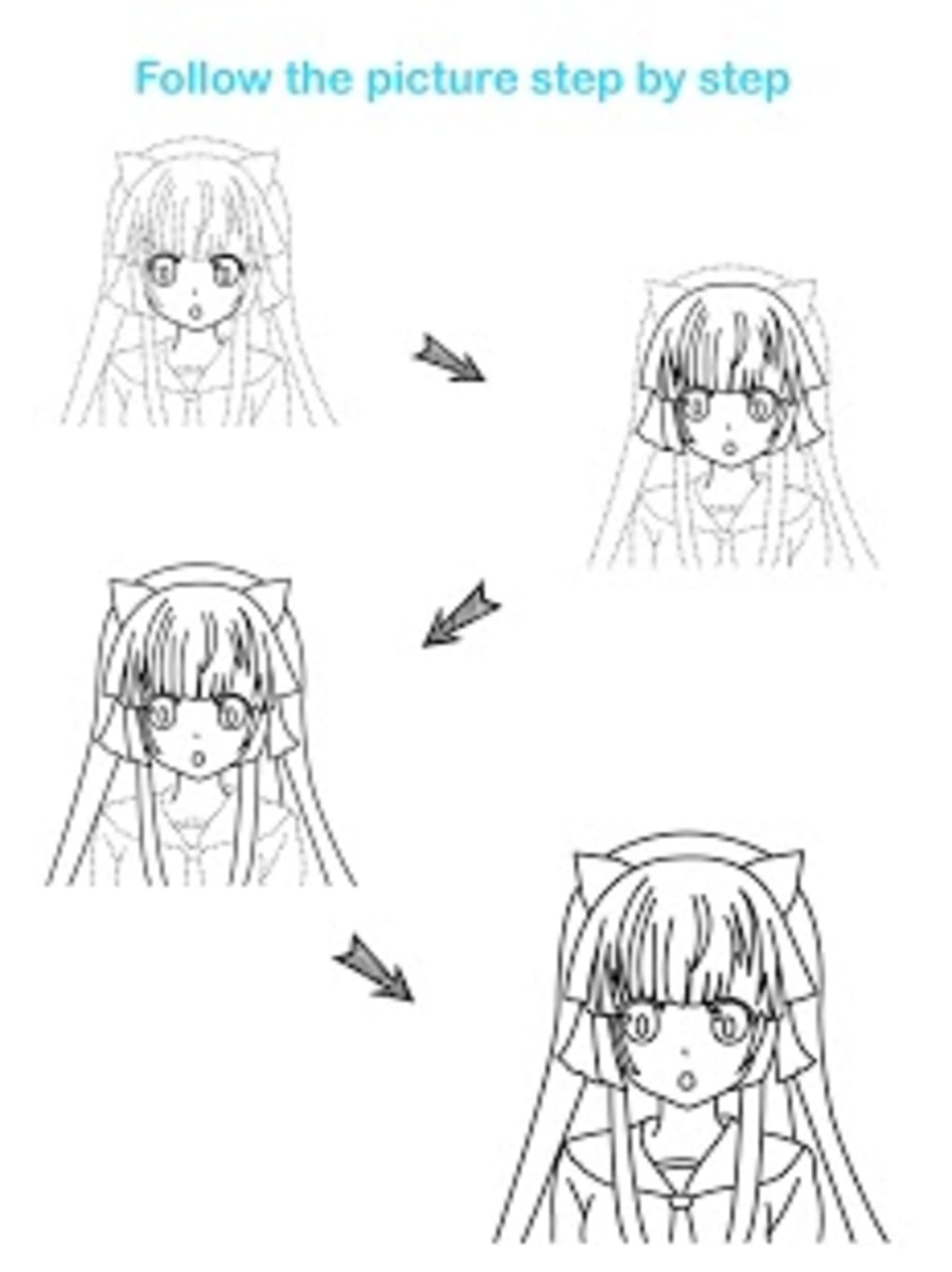Mastering Remote IoT With Android: A Guide To Efficiency
In an era defined by unprecedented connectivity, the ability to manage and monitor devices remotely has become not just a convenience, but a necessity. Can Android, with its ubiquitous presence, provide the key to unlocking this potential? Absolutely. Remote IoT platform Android is rapidly transforming how we interact with technology.
The convergence of the Internet of Things (IoT) and Android platforms has ushered in a new era of accessibility and control. This technology empowers users to oversee their connected devices from anywhere in the world, using the familiar interface of their Android smartphones and tablets. This is no longer science fiction; it is a tangible reality, reshaping industries and personal lives alike. The implications are far-reaching, promising to streamline operations, reduce costs, and elevate overall productivity through seamless integration.
The scope of this technology is vast, encompassing everything from smart homes and healthcare monitoring to advanced manufacturing processes. As we delve deeper, you'll uncover the intricate workings of remote IoT platforms on Android, exploring their core benefits, practical implementation strategies, and the cutting-edge trends that are driving their evolution. Whether you're an individual seeking to enhance your home automation or a business aiming to revolutionize its operations, this exploration will equip you with the knowledge and insights necessary to thrive in this exciting new landscape.
- Subhashree Sahu Beyond The Headlines Viral Moments
- Kannada Movies 2025 Blockbusters Trends To Watch Your Guide
| Aspect | Details |
|---|---|
| Core Concept | Remote control and monitoring of IoT devices using Android devices (smartphones, tablets). |
| Key Benefit | Offers unparalleled convenience and flexibility in managing connected devices from anywhere with an internet connection. |
| Industries Impacted | Healthcare, manufacturing, agriculture, smart homes, and more. |
| Accessibility | Leverages the widespread adoption of Android devices for ease of use and broad reach. |
| Development Advantage | Utilizes the robust Android ecosystem with a rich array of development tools and frameworks. |
| Primary Goal | Streamline operations, cut costs, and boost overall productivity through efficient remote management. |
| Technological Bridge | Connects physical devices with digital interfaces, enabling real-time data access and control. |
| Target Audience | Tech enthusiasts, developers, business owners, and anyone interested in the potential of connected technology. |
Introduction to Remote IoT Platform Android
The melding of IoT with Android platforms has fundamentally changed how we interact with our smart devices. A remote IoT platform Android offers users the remarkable capability to monitor, manage, and control their IoT devices remotely, all through their Android-powered devices. This capability is particularly transformative for sectors like healthcare, manufacturing, agriculture, and smart homes, where access to real-time data and immediate control are indispensable.
A major advantage of a remote IoT platform Android lies in its widespread accessibility. Given the billions of Android devices in active use globally, this platform ensures broad adoption and effortless usability. Furthermore, the Android ecosystem offers an extensive selection of powerful development tools and frameworks, streamlining the creation of sophisticated IoT applications.
Why Choose Android for IoT?
Android's open-source nature, coupled with its vast developer community and compatibility with a wide spectrum of hardware, makes it an excellent choice for IoT applications. Let's examine some key reasons why Android stands out in the IoT landscape:
- Ullu Web Series Star Unveiling The Talented Actress Name The Rise
- Hdhub4u Is It Safe Streaming Guide Alternatives
- Open Source: The open-source structure of Android empowers developers to customize and expand its capabilities to meet specific IoT needs.
- Rich Ecosystem: Android offers a vast array of libraries, APIs, and tools that significantly ease IoT application development.
- Device Compatibility: Android supports a vast array of devices, simplifying the deployment of IoT solutions across various environments.
Key Benefits of Using Remote IoT Platform Android
Implementing a remote IoT platform Android provides numerous advantages for both individual users and organizations. From the enhanced convenience it offers to its ability to improve operational efficiency, the benefits of this technology are substantial. Here's a closer look at the primary advantages:
Increased Flexibility and Convenience
With a remote IoT platform Android, users gain the power to control their IoT devices from anywhere in the world, using their Android devices. This flexibility is especially valuable for tasks such as managing smart homes, monitoring industrial equipment, or tracking health metrics.
Cost-Effective Solutions
Remote IoT platform Android can reduce the need for on-site maintenance and direct physical intervention, resulting in significant cost savings. Businesses can automate their processes, decrease downtime, and optimize resource utilization through remote management capabilities.
Improved Data Accessibility
IoT devices generate vast amounts of data, and a remote IoT platform Android ensures that this data is easily accessible and actionable. Users can analyze real-time data, generate reports, and make well-informed decisions based on the insights derived from IoT systems.
Understanding the Architecture of IoT Systems
To fully appreciate the capabilities of a remote IoT platform Android, it's essential to grasp the underlying architecture of IoT systems. A typical IoT architecture comprises several layers, each playing a vital role in ensuring seamless connectivity and communication between devices.
Key Components of IoT Architecture
- Sensor Layer: Responsible for collecting data from the physical environment.
- Network Layer: Facilitates communication between devices and the cloud, using protocols such as Wi-Fi, Bluetooth, or cellular networks.
- Application Layer: Provides the user interface and business logic for interacting with IoT devices.
How Android Platforms Integrate with IoT
Android platforms integrate with IoT devices through a combination of hardware, software, and communication protocols. The Android operating system provides APIs and libraries that allow developers to create IoT applications capable of interacting with various devices.
Key Features of Android for IoT
- Android Things: A specialized version of Android, designed specifically for IoT devices, offering simplified development and management capabilities.
- Bluetooth and Wi-Fi Support: Android devices can connect to IoT devices using Bluetooth and Wi-Fi, enabling direct communication and data exchange.
- Cloud Integration: Android platforms can seamlessly integrate with cloud services, such as Google Cloud IoT Core, facilitating scalable and secure data storage and processing.
Top Tools for Building Remote IoT Platform Android
Developing a remote IoT platform Android requires the right tools and technologies. Below are some of the top tools developers can leverage to build robust IoT applications:
Popular Development Frameworks
- Eclipse IoT: An open-source framework designed for building IoT applications, providing a wide range of plugins and tools.
- Arduino: A popular platform for creating IoT devices, with extensive support for Android integration.
- ThingWorx: A comprehensive IoT platform that simplifies the development and deployment of IoT solutions.
Addressing Security Concerns in IoT Systems
Security is a critical consideration when implementing a remote IoT platform Android. IoT devices are often vulnerable to cyberattacks, making it crucial to adopt robust security measures. The following are some strategies for enhancing the security of IoT systems:
Best Practices for IoT Security
- Encryption: Employ encryption protocols to secure data transmission between devices and the cloud.
- Authentication: Implement strong authentication mechanisms to ensure only authorized users can access IoT devices.
- Regular Updates: Maintain the latest security patches and updates for IoT devices and software.
Emerging Trends in Remote IoT Platforms
The field of remote IoT platform Android is constantly evolving, with new trends and technologies emerging regularly. The following are some of the latest trends shaping the future of IoT:
Edge Computing
Edge computing involves processing data closer to the source, reducing latency and improving real-time decision-making. This trend is particularly beneficial for IoT applications that require immediate responses, such as autonomous vehicles and industrial automation.
Artificial Intelligence Integration
AI-powered IoT systems can analyze vast amounts of data and provide predictive insights, enabling smarter decision-making and automation. By integrating AI with a remote IoT platform Android, users can unlock new levels of functionality and efficiency.
Real-World Applications of Remote IoT Platform Android
Remote IoT platform Android has numerous real-world applications across various industries. Here are some examples of how this technology is being used:
Smart Homes
Users can control smart home devices, such as lights, thermostats, and security systems, using their Android devices. This enhances convenience, energy efficiency, and home security.
Healthcare
Remote IoT platform Android enables healthcare providers to monitor patients' health metrics in real-time, improving diagnostic accuracy and treatment outcomes.
Common Challenges and Solutions
While a remote IoT platform Android offers numerous benefits, it also presents several challenges. Below are some common challenges and their solutions:
Interoperability Issues
Different IoT devices often use different communication protocols, making it challenging to ensure seamless interoperability. Standardizing protocols and using middleware solutions can help address this issue.
The Future of Remote IoT Platform Android
The future of remote IoT platform Android looks promising, with advancements in technology driving innovation and adoption. As more devices become connected and the demand for smart solutions grows, the role of Android in IoT will continue to expand.
Predictions for the Next Decade
- Increased Adoption: More industries will adopt remote IoT platform Android to enhance connectivity and efficiency.
- Enhanced Security: Advances in cybersecurity will make IoT systems more secure and reliable.
- AI-Powered Solutions: AI integration will unlock new possibilities for IoT applications, enabling smarter and more autonomous systems.


Detail Author:
- Name : Mr. Isaias Labadie
- Username : cruickshank.savanah
- Email : emmett62@denesik.org
- Birthdate : 1994-03-27
- Address : 81647 Murray Plain Hesselbury, NE 60863
- Phone : 785-245-6799
- Company : Runolfsson-Von
- Job : Mechanical Equipment Sales Representative
- Bio : Earum est ad sint et sit qui. Illo atque quae ipsam eum exercitationem. Et incidunt omnis et soluta dolorem facere eos. Qui quos sint dolore porro quia quia.
Socials
tiktok:
- url : https://tiktok.com/@kovacek2013
- username : kovacek2013
- bio : Vel soluta et qui. Ipsa et qui quia quis.
- followers : 3898
- following : 101
twitter:
- url : https://twitter.com/ikovacek
- username : ikovacek
- bio : Ex qui nihil ut ullam. Aut eum sed adipisci voluptatem. Ea repellendus quibusdam dolor consequuntur dolorum. In id reiciendis sit dolor placeat sint incidunt.
- followers : 3282
- following : 2454
facebook:
- url : https://facebook.com/isaikovacek
- username : isaikovacek
- bio : Ut molestiae autem dignissimos voluptas.
- followers : 4355
- following : 690
instagram:
- url : https://instagram.com/isai.kovacek
- username : isai.kovacek
- bio : Deserunt iure qui aut aut fugiat. Porro dolorum non alias quia rerum reprehenderit illo.
- followers : 1332
- following : 1880